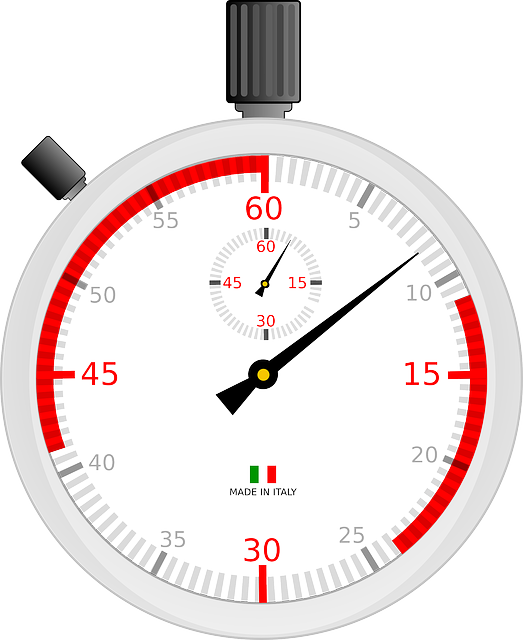
Over a decade ago Cary Millsap was doing talks at Oracle conferences called “Thinking Clearly About Performance”. One of the points he discussed was identifying the big bottlenecks and dealing with those, rather than focusing on the little things that weren’t causing a problem. For example, if a task is made up of two operations where one takes 60 seconds to complete and the other one takes 1 second to complete, which one will give the most benefit if optimized?
This is the same issue when we are looking at automation to improve flow in DevOps. There are a whole bunch of things we might consider automating, but it makes sense to try and fix the things that are causing the biggest problem first, as they will give the best return. In DevOps and Lean terms that is focusing on the constraint. The weakest link in the chain. (see Theory of Constraints).
Lost in Automation
The reason I mention this is I think it’s really easy to get lost during automation. We often focus on what we can automate, rather than what needs automating. With my DBA hat on it’s clear my focus will be on the automation of provisioning and patching databases and application servers, but how important is that for the company?
- If the developers want to “build & burn” environments, including databases, for their CI/CD pipelines, then automation of database and application server provisioning is really important as it might happen multiple times a day for automated testing.
- If the developers use a more traditional dev, test, prod approach to environments, then the speed of provisioning new systems may be a lot less important to the overall performance of the company.
In both cases the automation gives benefits, but in the first case the benefits are much greater. Even then, is this the constraint? Maybe the problems is it takes 14 days for approval to run the automation? 🙂
It’s sometimes hard for techies to have a good idea of where they fit in the value chain. We are often so focused on what we do, and don’t have a clue about the bigger picture.
Before we launch into automation, we need to focus on where the big problems are. Deal with the constraints first. That might mean stopping what you’re doing and going to help another team…
Don’t Automate Bad Process
We need to streamline processes before automating them. It’s a really bad idea to automate bad processes, because they will become embedded for life. It’s hard enough to get rid of bad processes because the, “it’s what we’ve always done”, inertia is difficult to overcome. If we add automation around that bad process we will never get rid of it, because now people will complain we are breaking the automation if we alter the process.
Another thing Cary talked about was removing redundant steps. You can’t make something faster than not doing it in the first place. 🙂 It’s surprising how much useless crap becomes embedded in processes as they evolve over the years.
The process of continuous improvement involves all aspects of the business. We have to be willing to revise our processes to make sure they are optimal, and build our automation around those optimised processes.
I’m not advocating compulsory tuning disorder. We’ve got to be sensible about this stuff.
Know When to Cut Your Losses
The vast majority of examples of automation and DevOps are focussed on software delivery in software development focused companies. It can be very frustrating listening to people harp on about this stuff when you work in a mixed environment with a load of 3rd party applications that will never be automated because they can’t be. They can literally break every rule you have in place and you are still stuck with them because the business relies on them.
You have to know where to cut your losses and move on. There will be some systems that will remain manual and crappy for as long as they are in your company. You can still try and automate around them, and maybe end up in a semi-automated state, but forget wasting your time trying to get to 1000 deployments a day. 🙂
I wrote about this in a post called I’m 2% DevOps, 3% agile and 4% automated because of 3rd party apps.
Try to Understand the Bigger Picture
I think it makes sense for us to all to try and get a better understanding of the bigger picture. It can be frustrating when you’ve put in a lot of work to automate something and nobody cares, because it wasn’t perceived as a problem in the big picture. I’m not suggesting we all have to be business analysts and system architects, but it’s important we know enough about the big picture so we can direct our efforts to get the maximum results.
I wrote a series of posts about automation here.
Cheers
Tim…